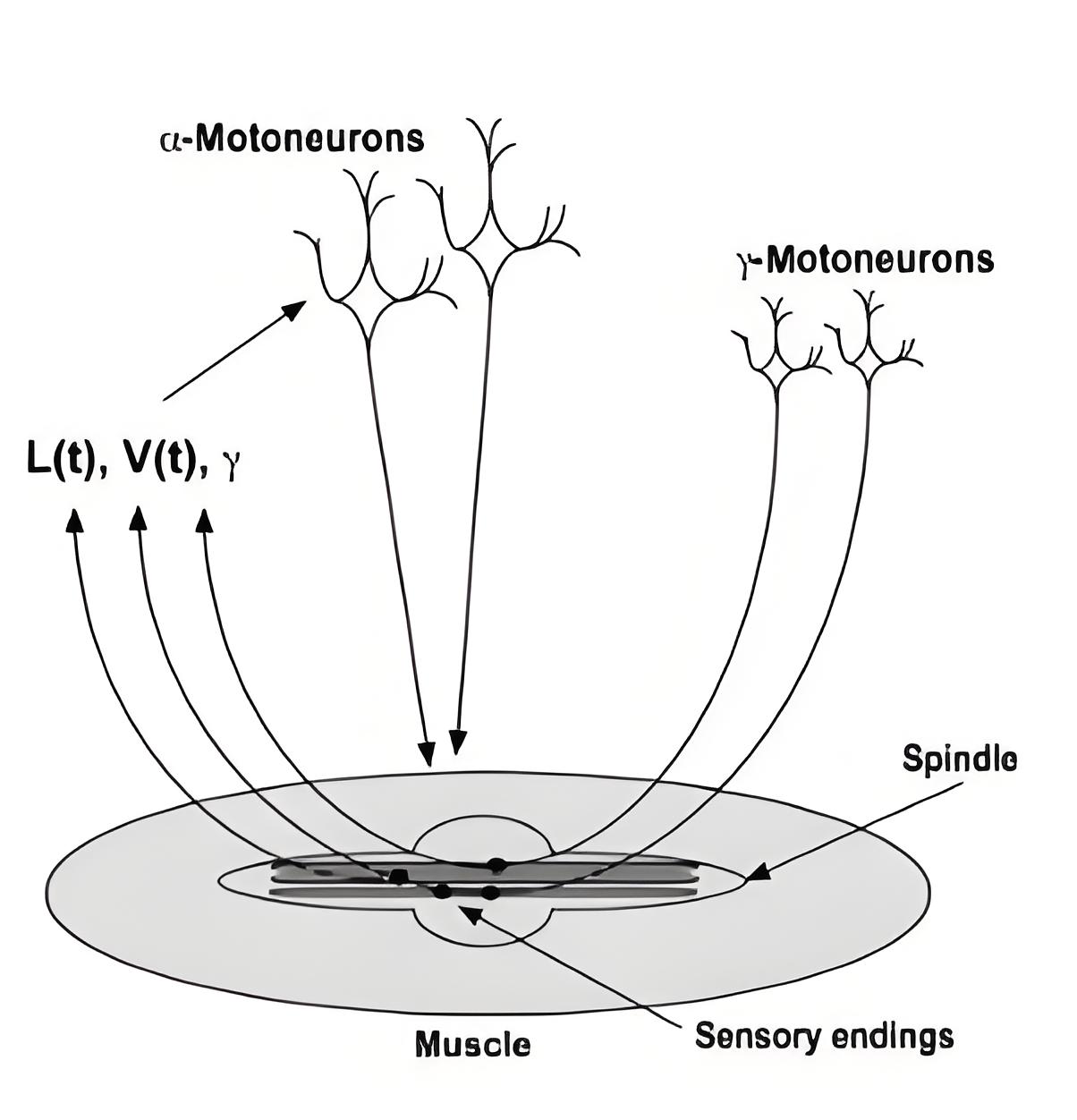What is a Servomechanism?
What is a Servomechanism?
Servomechanism Definition
A servomechanism is an automated control system designed to maintain system output at a desired level using feedback loops.

Components
The system includes a controlled device, an output sensor, and a feedback system to monitor and adjust the device’s performance.
Servo Motor Basics
A servo motor consists of a small DC motor equipped with a gear system and a potentiometer for precise control.
Working Principle of Servo Motor
A servo motor is basically a DC motor (in some special cases it is AC motor) along with some other special purpose components that make a DC motor a servo. In a servo unit, you will find a small DC motor, a potentiometer, gear arrangement and an intelligent circuitry. The intelligent circuitry along with the potentiometer makes the servo to rotate according to our wishes. As we know, a small DC motor will rotate with high speed but the torque generated by its rotation will not be enough to move even a light load.
This is where the gear system inside a servomechanism comes into the picture. The gear mechanism will take high input speed of the motor (fast) and at the output, we will get an output speed which is slower than original input speed but more practical and widely applicable.
Initially, the servo motor shaft is positioned so that the potentiometer knob generates no signal. This output from the potentiometer and an external signal are fed into an error detector amplifier. The amplifier then boosts the difference between these signals to control the motor.
This amplified error signal acts as the input power of the DC motor and the motor starts rotating in desired direction. As the motor shaft progresses the potentiometer knob also rotates as it is coupled with motor shaft with help of gear arrangement.
As the potentiometer knob turns, it generates a signal that increases with its rotation. Once it reaches the desired position, this signal matches the external signal provided to the amplifier, causing the motor to stop.
At this condition, there will be no output signal from the amplifier to the motor input as there is no difference between external applied signal and the signal generated at potentiometer. As the input signal to the motor is nil at that position, the motor stops rotating. This is how a simple conceptual servo motor works.
Application
This precise control makes servo motors ideal for applications where accurate positioning is crucial.
The Electricity Encyclopedia is dedicated to accelerating the dissemination and application of electricity knowledge and adding impetus to the development and innovation of the electricity industry.













